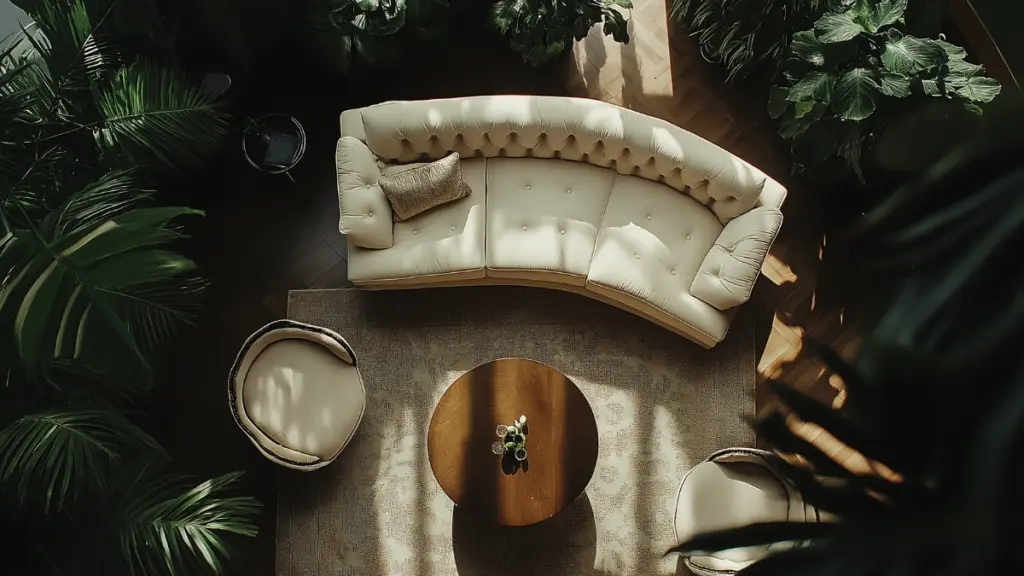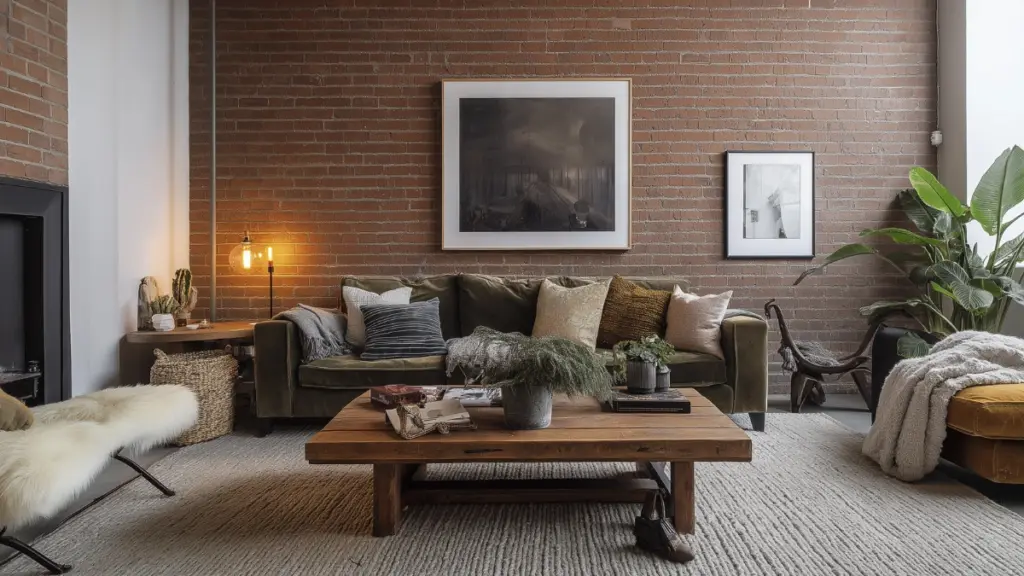Stylish Living Room Decor Ideas to Inspire Every Home Aesthetic
Table of Contents
The living room is the heart of the home—where you relax, entertain, and showcase your personal style. But designing a living room that feels both functional and stylish can feel overwhelming. With so many trends, color schemes, and layout possibilities, where do you start?
According to a recent interior design trend report, over 65% of homeowners prioritize comfort and style equally when decorating their main living spaces. Whether you’re aiming for a modern retreat, cozy cottage core, or a blend of traditional with bold accents, your living room is a canvas for self-expression.
In this post, we’ll walk through a variety of stylish living room decor ideas tailored for different aesthetics and room sizes. From layout tips and furniture guides to lighting techniques and material pairings, this guide offers actionable insights to help you create a beautiful, balanced space that reflects your taste—no matter your budget or square footage.
In-Depth Outline
1. Define Your Style Before You Start Decorating

- Identify your style: modern, minimalist, boho, traditional, etc.
- Use Pinterest or mood boards to organize visual inspiration
- Consider your home’s existing architecture and lighting
- Evaluate how your living room functions day-to-day
- Choose a cohesive color scheme based on your style
2. Furniture Layout Tips for Stylish Functionality

- Maximize space by floating furniture and avoiding wall crowding
- Use rugs to define conversation zones or reading nooks
- Choose scaled pieces appropriate for your room size
- Incorporate multi-functional items like ottomans with storage
- Keep pathways clear for easy movement
Table: Room Size vs Furniture Guide
| Room Size | Ideal Sofa Type | Suggested Layout Style |
|---|---|---|
| Small Apartment | Loveseat or Sectional | Open-plan, floating sofa |
| Medium Living Room | 3-seater + Accent | Zone definition with rugs |
| Large Open Space | Sectional + Lounge | Multi-zone with layering |
3. Choosing the Right Color Palette for Your Home
- Use the 60-30-10 color rule for balance (main color, secondary, accent)
- Neutrals provide versatility; bold colors add personality
- Consider how lighting affects color tone during the day
- Seasonal accents can refresh a neutral palette
- Monochromatic schemes for minimalist looks
4. Texture and Material Pairings to Add Depth

- Combine leather, linen, wood, metal, and stone
- Use rugs, throws, and cushions for layered warmth
- Contrast smooth surfaces with textured accents (e.g., boucle chair + marble table)
- Add tactile interest through wall panels or exposed brick
- Opt for natural materials to bring in organic character
Table: Popular Texture Pairings for Living Rooms
| Material 1 | Material 2 | Visual Effect |
|---|---|---|
| Velvet | Brass | Luxe and glamorous |
| Linen | Wood | Soft and natural |
| Leather | Woven fiber | Earthy and masculine |
| Glass | Concrete | Sleek and industrial |
5. Lighting Layers for Function and Mood
- Ambient lighting: overhead fixtures, recessed lighting
- Task lighting: reading lamps, under-shelf lighting
- Accent lighting: wall sconces, LED strips, art spotlights
- Mix natural and artificial light sources
- Use dimmers to adjust mood throughout the day
6. Accessorizing with Intention
- Use odd-numbered groupings for objects on shelves or tables
- Incorporate personal items like books or travel finds
- Display plants to add life and color
- Rotate accessories seasonally for a fresh look
- Avoid clutter by editing down to essentials
7. Wall Art, Mirrors, and Focal Points
- Choose a statement piece for over the sofa or fireplace
- Create a gallery wall with a mix of frame sizes and art styles
- Mirrors reflect light and add depth to small spaces
- Floating shelves can hold art and functional objects
- Let your focal point guide furniture arrangement
8. Small Space Styling Tricks
- Use leggy furniture to create a sense of openness
- Vertical storage like wall-mounted shelves
- Opt for lighter color palettes and mirrors to expand space
- Choose dual-purpose pieces (nesting tables, bench with storage)
- Keep décor minimal but impactful
Detailed Content Expansion
Section 2: Furniture Layout Tips for Stylish Functionality
Designing the right layout can make or break your living room. A stylish living room isn’t just about pretty pieces—it’s about how they’re arranged to serve your lifestyle.
Start with the room’s function. If you frequently host guests, focus on open pathways and conversational seating. In small apartments, floating furniture (placing it away from walls) can create the illusion of more space and prevent a cramped look.
Rugs play a pivotal role in layout—use them to define zones. For example, a reading nook with an armchair and side table feels more intentional when anchored by a small rug. Multi-functional furniture like ottomans with built-in storage, console tables that double as desks, or modular sectionals add flexibility without clutter.
When selecting your furniture, consider scale. An oversized sectional in a narrow room overwhelms the space. In contrast, a sleek two-seater with a pair of accent chairs allows for movement and visual balance.
The key? Plan before you purchase. Measure your space, sketch out potential layouts, and consider how the furniture will function day to day.
Section 4: Texture and Material Pairings to Add Depth
Layering textures is one of the easiest ways to bring warmth and visual interest into your living room. While color sets the mood, texture creates depth.
Start by mixing contrasting materials: soft with structured, matte with shiny, and smooth with coarse. For instance, pairing a velvet sofa with a sleek brass lamp immediately adds sophistication. Likewise, combining linen curtains with a wooden coffee table and a boucle throw creates a relaxed, natural vibe.
Textures also help define your overall aesthetic. A minimalist space benefits from subtle layers like a jute rug under a clean-lined sofa. In contrast, a boho room may thrive on maximalist texturing—woven baskets, macrame wall hangings, and eclectic throw pillows.
Don’t forget the walls. Materials like shiplap, exposed brick, or board-and-batten instantly boost depth. Likewise, natural elements like stone accents or plants (real or faux) soften hard lines and ground your design.
The result is a space that feels lived-in, layered, and high-end—without needing a major renovation.
Conclusion
Creating a stylish living room is about balancing function with personality. Whether your aesthetic leans modern, cozy, or eclectic, the right combination of layout, color, texture, and lighting can completely transform your space. Start with a clear vision, choose versatile furnishings, and add thoughtful layers that reflect your style. From smart furniture placement to textural contrast and personal touches, these living room decor ideas work for any home. With a few well-executed updates, you can craft a space that feels both elevated and welcoming—a place you’ll love spending time in every day.

